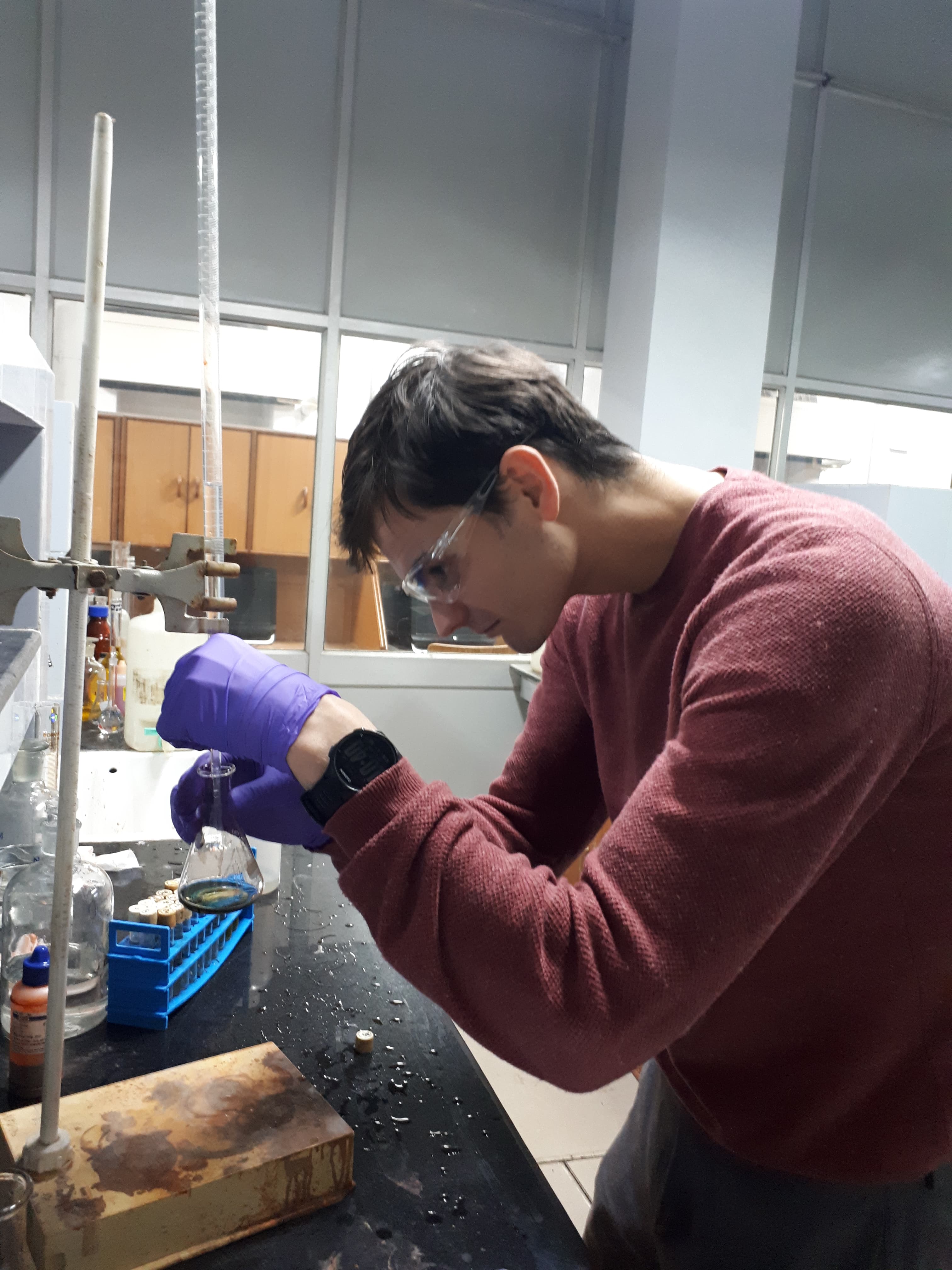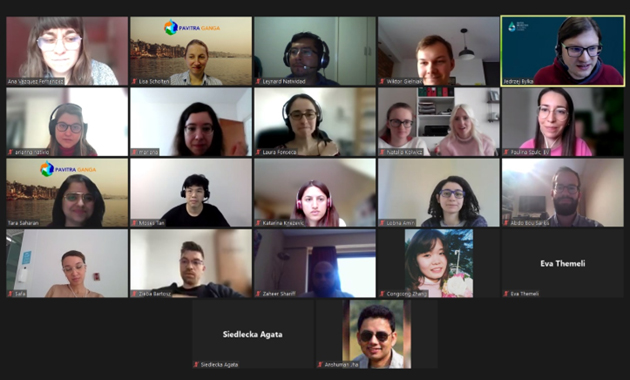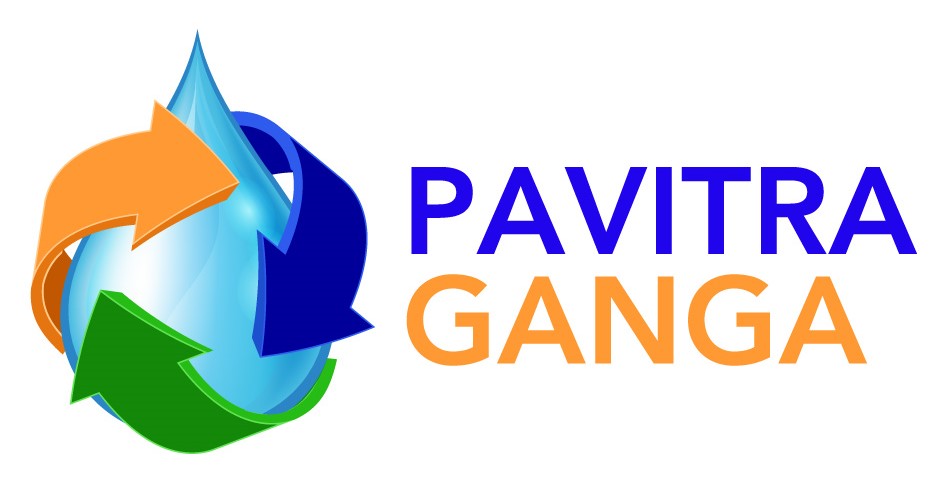It has been almost three years since the start of our project. Due to COVID-19 it was very difficult to carry out the planned project work. This has led to delays for most of the project tasks and the finalization of some deliverables. With the worst of the pandemic hopefully behind us we are looking ahead to continue our project work and to achieve all our objectives. In this overview we give you an update of the work that has been carried out in our different work packages since the last newsletter in July 2021.
Project Coordination
The project coordinators put a lot of effort in keeping the project going in these extremely challenging times. Management meetings carried on being organised on a monthly basis and the second General Assembly was organised as a two half day online event in September 2021 to recap on the progress and to organise the next tasks coming up.
Water Governance
The partners involved in the Water governance stakeholder engagement and policy support tasks have been fully active. The COVID-19 restrictions forced us to revert our physical face to face workshops to on-line group meetings and bilateral meetings with key stakeholders in the two case areas. More details about the co-creation workshop can be read in this article.
Progress has also been made in the establishment of the methodology and cases for the wastewater safety plans. The approach has been redefined and it now entails a clearer focus on technological management strategies to reduce health risks in line with the World Health Organisation’s Sanitation Safety Planning.
A collaboration with the Dutch NGO Solidaridad was set up to initiate a case with farmers using treated wastewater for irrigation in Kanpur.
Last but not least a scientific article was published in Elsevier’s open-access journal Resources, Conservation & Recycling. Read all about it in this article.
Treatment and recovery technologies
The laboratory work in Europe and in India and the access to wastewater was hampered by successive cycles of (lifted) restrictions. The researchers have been steadfast in restarting laboratory experiments to make as much progress as possible. The results led to a first version of the report that identifies the boundary conditions for technology development under the local conditions at the demo sites. In the meantime this has proved to be a very useful report to guide the piloting designs.
In short, the conclusions were that the pollutant concentrations at the Barapullah Drain demonstration site in New Delhi are low in comparison to typical domestic wastewater sewage due to dilution and anaerobic biodegradation within the drain. The main challenges in New Delhi are health related issues (microbiological contamination, nutrients and micropollutants).
In Kanpur the situation is very different: the pollutant concentrations in the influent of the Jajmau sewage treatment plant are high due to the mixture of municipal and tannery wastewater. Analysis of the sewage water show high concentrations of chromium (Cr) originating from the tanneries. Other large industries in the area are textile, jute and chemical manufacturers who are linked to the prevalence of heavy metals. Additionally, other heavy metals such as cadmium (Cd), iron (Fe) and magnesium (Mg) can be present in the wastewater.
Water monitoring and modelling
The modelling setup for the demonstration site of Kanpur has been completed using the WEAP (Water Evaluation and Planning System) model. And it is expected that the Barapullah Drain modelling set up will be completed in the coming months. The project is planning to prepare a peer reviewed publication based on the modelling work.
From the monitoring side, the mobile sensors (using a photometer with a smart phone / cloud interface) are being tested in Kanpur –with samples taken on a monthly basis from nine key locations along the River Ganga and River Pandu that were identified by the modelling team. A demonstration of citizen-based, participatory monitoring of basic water quality parameters in villages is now in a start-up phase at three villages close to Kanpur – of which two receive treated wastewater for irrigation from the Jajmau sewage treatment plants.
The hardest challenge for the water monitoring and modelling tasks during the project has been the problems to successfully procure and install the required equipment for the stationary monitoring setup design at the New Delhi demo site. With a new procurement procedure in full swing the current expectation is that the stationary sensor set-up will be installed by July 2022.
On site piloting and performance evaluation
When the applicable COVID-19 rules allowed it, IIT Kanpur and IIT Delhi have worked hard to prepare the innovation sites to receive the technologies. As they are ready now, the expectations are that most of the pilots will be up and running by May 2022. The analytical protocols were already established for standard water quality measurements and heavy metals and we are now working on the analytical protocols for micro-organic pollutants.

Technology and Learning Network
The training workshops to build the capacity of Indian water professionals are all scheduled for the last year of the project. A format was developed to prepare the outline of each of these workshops (including key objectives and topics covered, proposed dates and duration, venue, target groups and expected number of participants).
Op 10 April 2022, Dr. Lisa Scholten and Dr. Tara Saharan, both Delft University of Technology, organised a virtual workshop for the Young Water Professionals at IWA Conference Wastewater, Water and Resource Recovery in Poznan (Poland).

Market Uptake and Business Development
The focus has been on the development of a roadmap to exploit the wastewater treatment, water re-use and resource recovery opportunities for a selected urban local body in Kanpur. The roadmap is the first step in proposing options for the next infrastructural investments that encompass circular economy principles for the area.
The roadmap has been presented at the last co-creation workshop in Kanpur in March and shall also be presented at a face to face meeting with the Kanpur Jal Nigam in June 2022 after which it will be made public on the Pavitra Ganga website.
After that we will elaborate further the proposed roadmap by defining the required investment and financing decisions and identifying the commercial opportunities for setting up an EU-India Business Platform to scale up innovations in the future.
